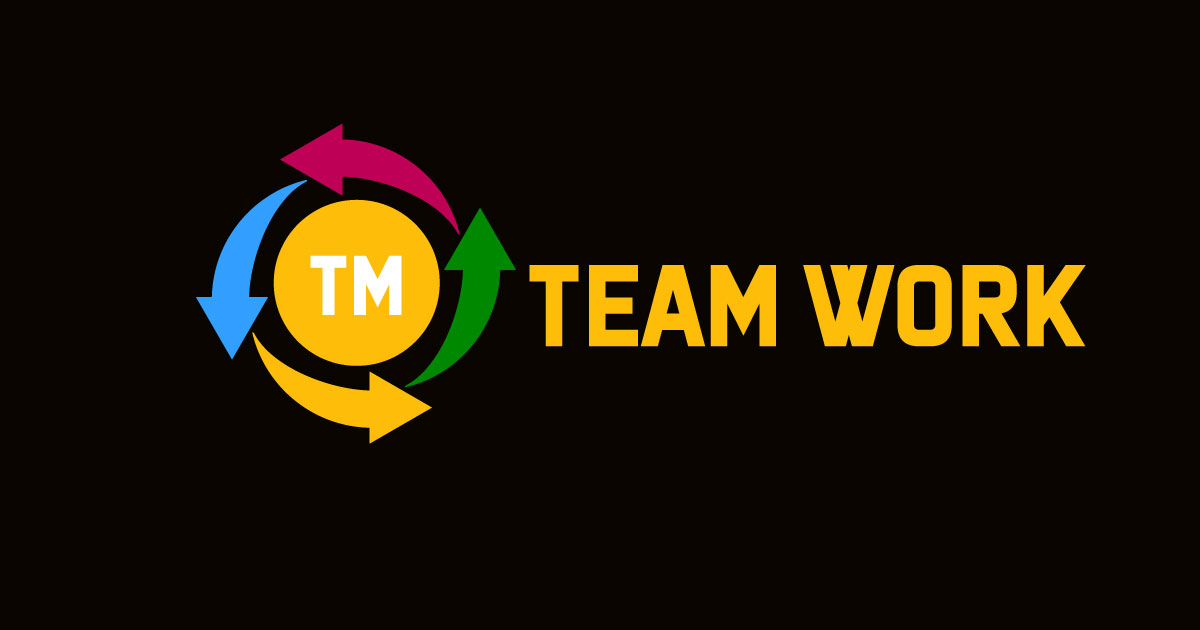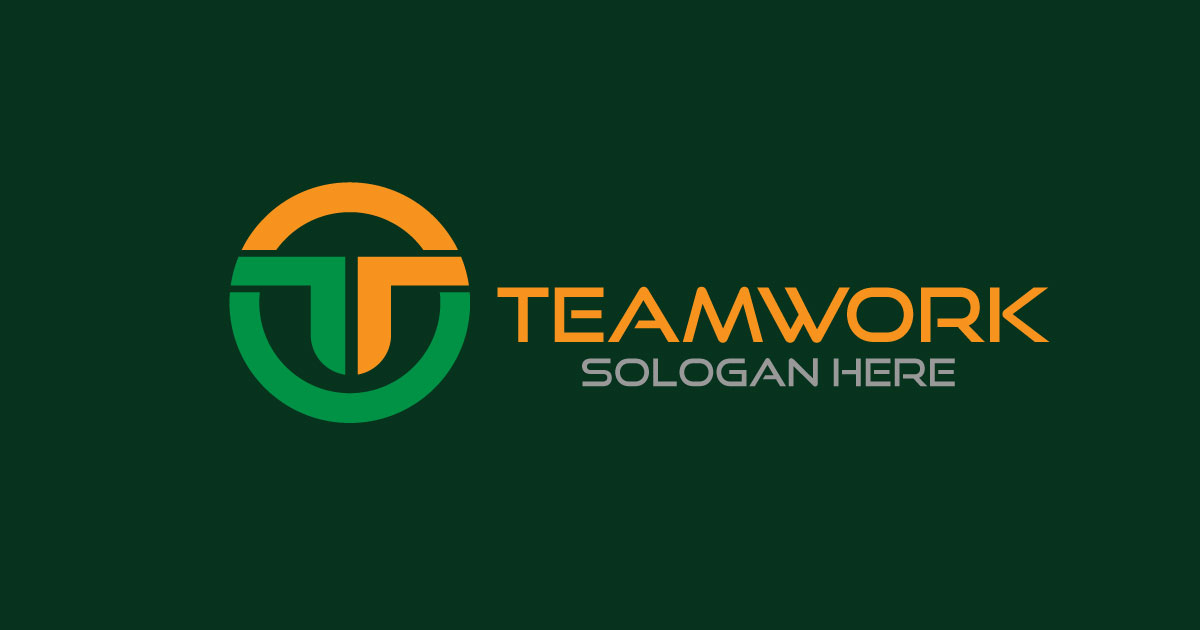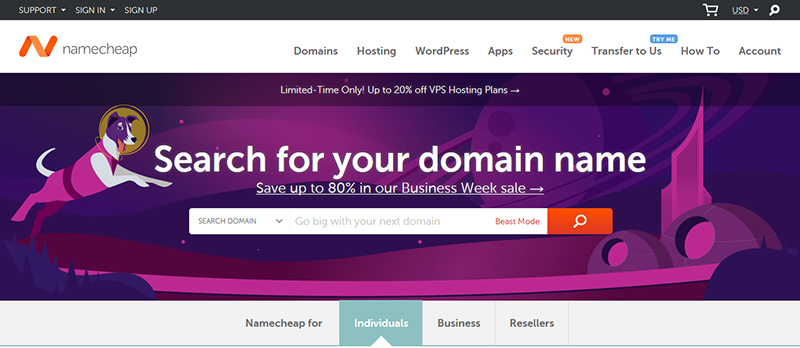
Designing a Smart Technology Logo A Guide to Modern Branding
Designing a Smart Technology Logo: A Guide to Modern Branding
In today’s rapidly evolving digital landscape, a strong brand identity is crucial for any technology-focused business. A well-designed logo serves as the face of your company, instantly communicating your values, expertise, and innovation. When it comes to smart technology, your logo needs to reflect not only your technological prowess but also the user-friendly and intelligent nature of your products or services. This article explores the key elements to consider when designing a logo for a smart technology company.
Understanding the Essence of “Smart”
Before diving into design specifics, it’s essential to define what “smart” means in your context. Does it refer to artificial intelligence, automation, connectivity, data analysis, or a combination of these? Understanding your core focus will inform the visual language you choose for your logo. Consider keywords like:
Innovation: Forward-thinking, cutting-edge, future-proof
Intelligence: Analytical, insightful, perceptive
Connectivity: Networked, integrated, seamless
Efficiency: Streamlined, optimized, productive
Simplicity: User-friendly, intuitive, accessible
Key Design Elements for a Smart Tech Logo
Once you’ve grasped the core message, you can start exploring the following design elements:
Shapes: Geometric shapes like circles, squares, and triangles often convey stability, precision, and logic – qualities associated with technology. Abstract shapes can represent innovation and creativity. Consider incorporating shapes that subtly hint at your specific area of focus (e.g., a circuit board pattern or a data stream).
Colors: Color psychology plays a significant role in branding. Blue is often associated with trust, intelligence, and stability, making it a popular choice for tech companies. Green can represent growth, innovation, and harmony. Consider using a gradient to add a modern and dynamic feel. Avoid overly bright or clashing colors that can appear unprofessional.
Typography: The font you choose for your company name should complement the logo mark. Clean, modern sans-serif fonts are often preferred in the tech industry for their readability and contemporary aesthetic. Ensure the typography is legible and scalable for use across different platforms.
Symbolism: A strong logo often incorporates a symbol that represents the brand’s essence. This could be an abstract representation of data flow, a stylized power button, or a unique icon that embodies your company’s mission. The symbol should be memorable and easily recognizable.
Minimalism: In the world of smart technology, less is often more. A clean and minimalist logo design can convey sophistication and efficiency. Avoid cluttering the logo with unnecessary details. Focus on a strong core concept and execute it with clarity.
Designing for the Digital Age
A modern logo must be versatile and adaptable for use in a variety of digital environments. Consider the following:
Scalability: Your logo should look good whether it’s displayed on a large screen or a small mobile icon.
Responsiveness: Think about how your logo will adapt to different screen sizes and resolutions.
Animation: Subtle animations can add a dynamic touch to your logo, especially in digital contexts.
File Formats: Ensure you have your logo in vector formats (like SVG) for optimal scalability and editing.
The Design Process
Creating a successful logo requires a thoughtful and iterative process. Consider working with a professional graphic designer who specializes in branding. They can help you:
Develop a Brand Strategy: Define your target audience, brand values, and competitive landscape.
Brainstorm and Sketch: Explore different design concepts and create initial sketches.
Refine and Finalize: Refine the chosen concept and create a polished, professional logo.
Test and Iterate: Gather feedback on the logo and make any necessary adjustments.
Conclusion
A well-crafted logo is a powerful asset for any smart technology company. By carefully considering the design elements discussed above and working with a skilled designer, you can create a logo that effectively communicates your brand’s identity and sets you apart in the competitive tech landscape. Remember, your logo is the first impression you make on potential customers, so make it count!















